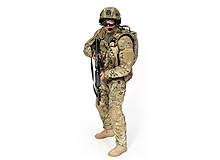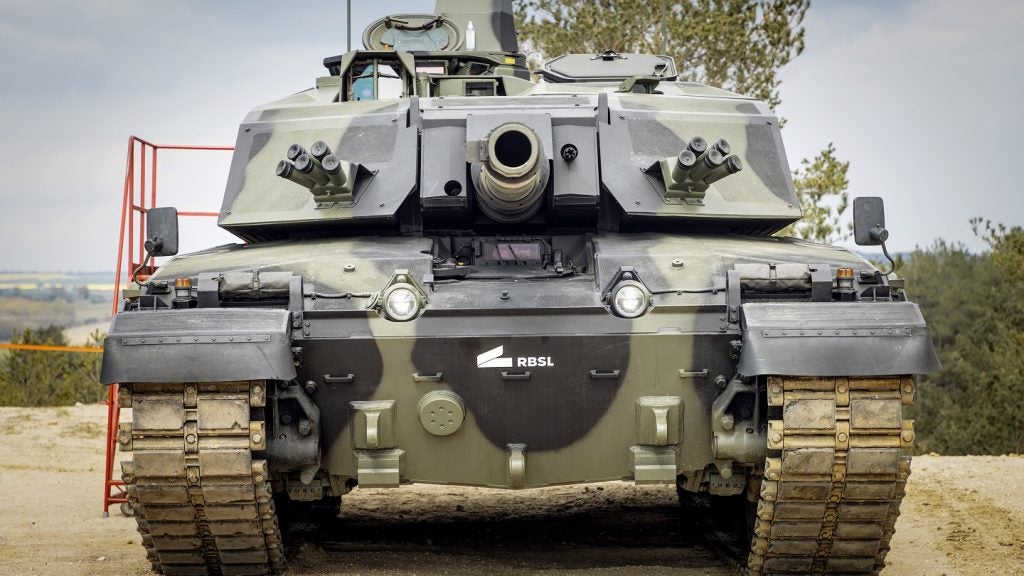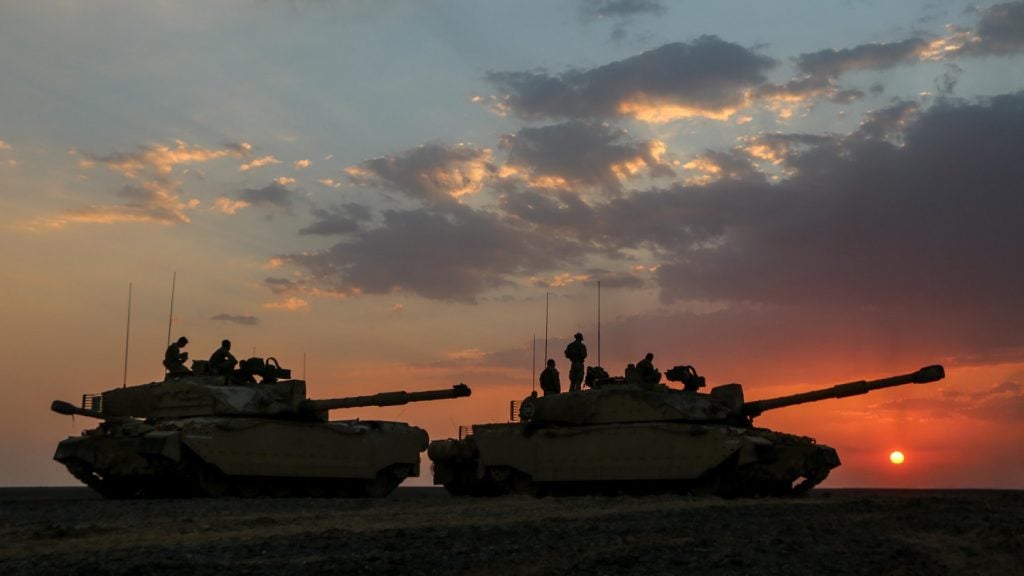
The military are increasingly required to operate in a vast array of environments from the arctic to deserts and from the depths of the ocean to space. At the same time, significantly increased power is required to operate current military equipment.
Consequently thermal management is an increasingly critical issue and has indeed become a significant design bottleneck. Highly advanced technology is being deployed to ensure that men and their equipment can operate at their optimum in extreme temperature conditions, such as those seen in Iraq and Afghanistan.
Smaller, cheaper, cooler
The main trends in thermal management are similar to those seen in other areas of military technology – equipment is becoming smaller, more powerful and more cost-effective.
Simple convection cooling using blown air is not a viable option in environments such as the desert since fans would have to be very large and noisy and would blow up contaminants, such as sand, that would affect the equipment they were supposed to cool. The noise, increased fuel consumption and thermal signature all pose risks for military vehicles. In most cases, the alternative is to supply sealed units that rely on liquid cooling.
TDI Power of the USA, for example, supplies liquid cooling systems for electric and hybrid vehicles based on its LiquaCore technology, which uses liquid cooling from a vehicle’s coolant system to maintain temperatures at a certain level. TDI has also developed a new technology that utilises oil to encapsulate electronic components and provide a highly thermal conductive path between these components and the ultimate heat dissipater.
The advantage of using oil is that it is an insulator and can thus be used in direct contact with the components. TDI has developed this technology to involve heat dissipation through the use of circulating oil. The company uses an environmentally-friendly vegetable oil but believes diesel could also be used.
How well do you really know your competitors?
Access the most comprehensive Company Profiles on the market, powered by GlobalData. Save hours of research. Gain competitive edge.

Thank you!
Your download email will arrive shortly
Not ready to buy yet? Download a free sample
We are confident about the unique quality of our Company Profiles. However, we want you to make the most beneficial decision for your business, so we offer a free sample that you can download by submitting the below form
By GlobalDataThe use of circulating oil has significant advantages according to the company. These include: a reduction of overall operating temperatures; extreme protection from exterior environmental extremes; buffering from shock and vibrations; a significant increase in system reliability; and the ability to use existing air-cooled assemblies with little or no change.
Soldier temperature control
Thermal management is an increasingly important issue for soldiers on the battlefield. Soldiers are increasingly required to carry more and more equipment, including radio communications devices, electronic navigation and guidance systems, night vision sensors, laser target designators and batteries. To minimise the strain of carrying all this equipment it must be small and rugged and highly fuel efficient. Masking the thermal management of a soldier is also a critical issue and new technologies are being developed, many focusing on the materials soldiers wear or that equipment such as backpacks are made from.
Various programmes are underway to address these concerns. In Europe, EADS Defence & Security is focusing on developing its IdZ (Infanterist der Zukunft) future soldier systems for the German army. In the UK, the programme is”; Future Infantry Soldier Technology”; (FIST), the Italian army has”; Soldato Futuro,”; and the French army has”; FÉLIN.”; In the US, the military has the Future Force Warrior (FFW) concept. These programmes include developing materials and are even exploring nanotechnology to optimise thermal management.
In the past, trapped air has been used as the primary source of passive insulation in military clothing. Examples include down feathers and Thinsulate. Passive and active cooling technologies are now being developed to contain excess body heat. Passive technologies focus on promoting the removal of perspiration from the skin and include sweat-wicking textiles and other technologies that facilitate evaporation.
Active cooling technologies include microclimate cooling (MCC), which removes excess body heat and reduces body core temperature by conduction and sometimes convection. Examples of MCC include clothing in which cooled air, liquid, ice or wax is circulated around a series of tubes.
The USA’s FFW programme involves the use of both passive and active management technologies in both vehicles and on soldiers. Within vehicles the programme is focusing on an Integrated Load Carriage / Body Armour concept which integrates load carriage and ballistic protection around the torso and extremities in a single subsystem. The subsystem is unique in that it provides a stand-off of the armour chassis to the body allowing for enhanced passive thermal management, and a single unit design that promotes optimal carriage of the fighting and approach march loads.
Active thermal management is a particularly difficult challenge for a dismounted soldier due to weight and power constraints. The US Army Institute of Environmental Medicine is working on active cooling by exploring if the skin’s temperature can be used to indicate when a cooling system should turn itself on and off to keep the body in a state of thermal equilibrium. It is known that when the skin reaches a certain temperature, the blood vessels constrict and the ability of the body to”; shed”; heat is dramatically reduced, thus containing the amount of power needed to cool a soldier. Maintaining temperature at an optimum could result in considerable power usage reductions, boosting the length of time a battery can operate.
RINI Technologies of the USA is also looking at measures to keep soldiers cool. The company specialises in advanced Evaporative Spray Cooling (ESC), Thermal Energy Storage (TES) solutions and Miniature Refrigeration Systems for application to high-power lasers, power electronics, and personal cooling devices. Its soldier cooling system, or Micro Climate Cooling System (MCCS), is the smallest, lightest, and most efficient personal cooling system yet developed, says RINI.
The MCCS mitigates heat stress and health risk concerns by managing core body temperature and decreasing the risk of dehydration. As a result, soldiers are able to maintain cognitive skills, enhancing mission performance and duration. MCCS harnesses patented miniaturisation refrigeration and electronics technologies to provide heat stress relief, improve operational performance, and reduce water consumption for soldiers working under hazardous conditions. RINI MCCS weighs just 6lb, including batteries, and can work for up to four hours – or indefinitely with battery swaps.





